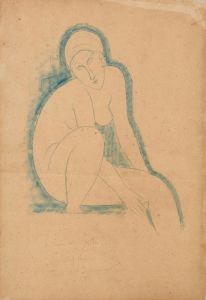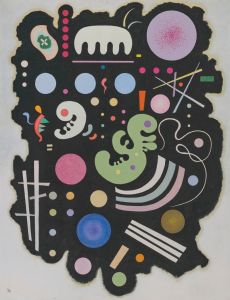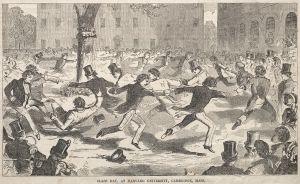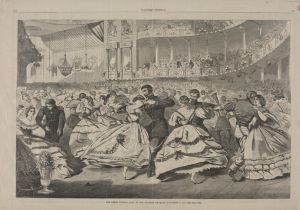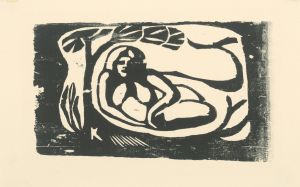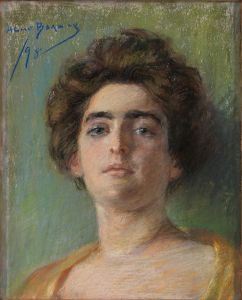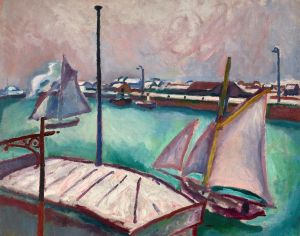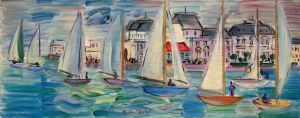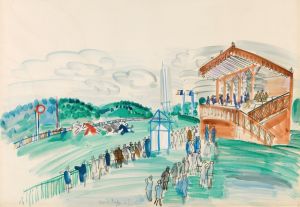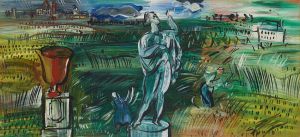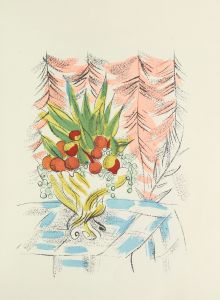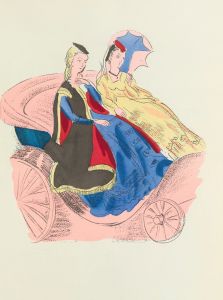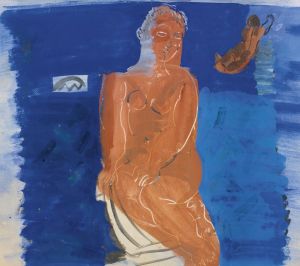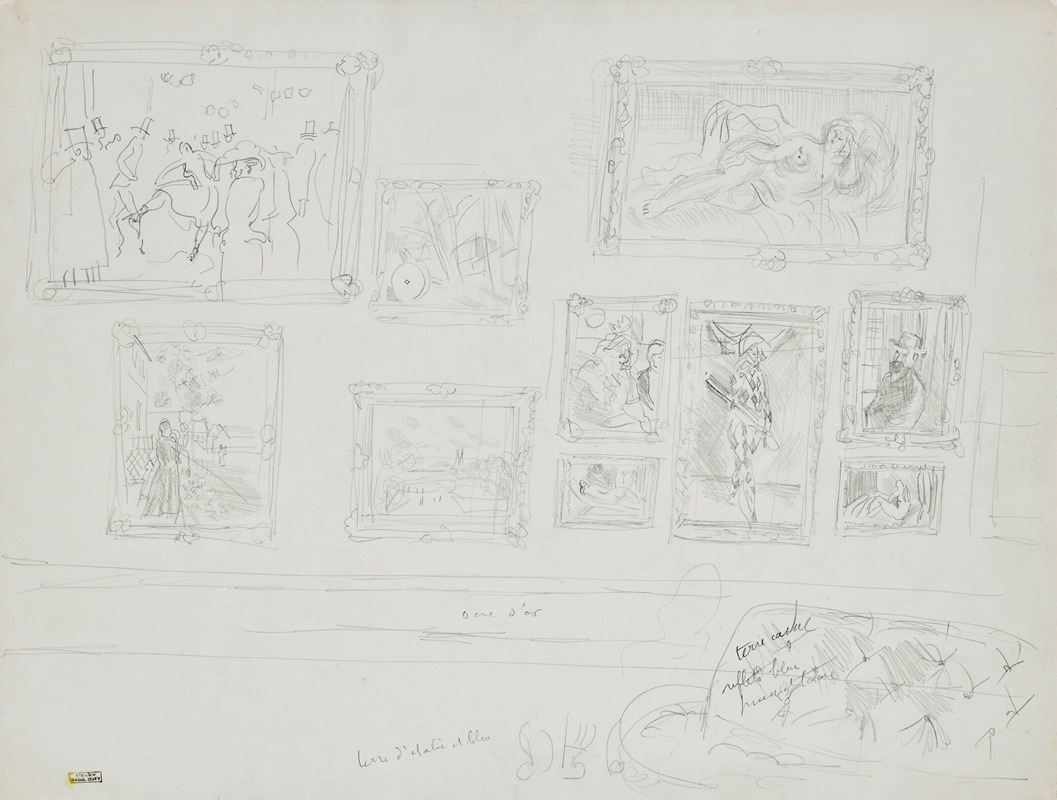
Le Salon de peintures
A hand-painted replica of Raoul Dufy’s masterpiece Le Salon de peintures, meticulously crafted by professional artists to capture the true essence of the original. Each piece is created with museum-quality canvas and rare mineral pigments, carefully painted by experienced artists with delicate brushstrokes and rich, layered colors to perfectly recreate the texture of the original artwork. Unlike machine-printed reproductions, this hand-painted version brings the painting to life, infused with the artist’s emotions and skill in every stroke. Whether for personal collection or home decoration, it instantly elevates the artistic atmosphere of any space.
Raoul Dufy was a French Fauvist painter known for his colorful and decorative style, which often depicted leisure activities and scenes of social life. One of his notable works is "Le Salon de peintures," a painting that exemplifies his unique approach to color and composition. While specific details about this particular painting are limited, Dufy's broader body of work provides context for understanding its significance.
Dufy was born on June 3, 1877, in Le Havre, France. He began his artistic education at the École des Beaux-Arts in Le Havre and later continued his studies in Paris. Initially influenced by the Impressionists, Dufy was particularly inspired by the works of Claude Monet. However, his style evolved significantly after encountering the vibrant colors and bold brushwork of the Fauvist movement, led by artists such as Henri Matisse.
The Fauvist movement, which emerged in the early 20th century, was characterized by its use of intense color, emotional expression, and a departure from realistic representation. Dufy embraced these principles, developing a style that was both decorative and expressive. His work often featured bright, unmodulated colors and fluid lines, creating a sense of movement and joy.
"Le Salon de peintures" likely reflects Dufy's interest in capturing the atmosphere of social gatherings and cultural events. Throughout his career, Dufy frequently depicted scenes of leisure, such as regattas, horse races, and concerts. These subjects allowed him to explore the interplay of color and light, as well as the dynamic interactions between people and their environments.
Dufy's technique involved a loose, spontaneous application of paint, which contributed to the lively and vibrant quality of his work. He often used watercolor and gouache, which enabled him to achieve a sense of transparency and luminosity. This approach is evident in many of his paintings, where the interplay of color and line creates a harmonious and rhythmic composition.
In addition to painting, Dufy was also an accomplished textile designer and illustrator. He collaborated with the fashion designer Paul Poiret and created designs for the Bianchini-Férier textile company. His work in these fields further demonstrates his interest in decorative arts and his ability to translate his painterly style into other mediums.
Dufy's contributions to modern art were recognized during his lifetime, and he participated in numerous exhibitions in France and abroad. His work was featured in the Salon des Indépendants and the Salon d'Automne, two important venues for avant-garde artists in Paris. Today, his paintings are held in major museums and collections worldwide, including the Museum of Modern Art in New York and the Tate Gallery in London.
While specific information about "Le Salon de peintures" is limited, the painting can be appreciated within the broader context of Dufy's oeuvre. It likely embodies the artist's characteristic use of color, line, and composition to capture the vibrancy and energy of social life. Through his work, Dufy continues to be celebrated for his ability to convey joy and beauty, making him a significant figure in the history of modern art.





